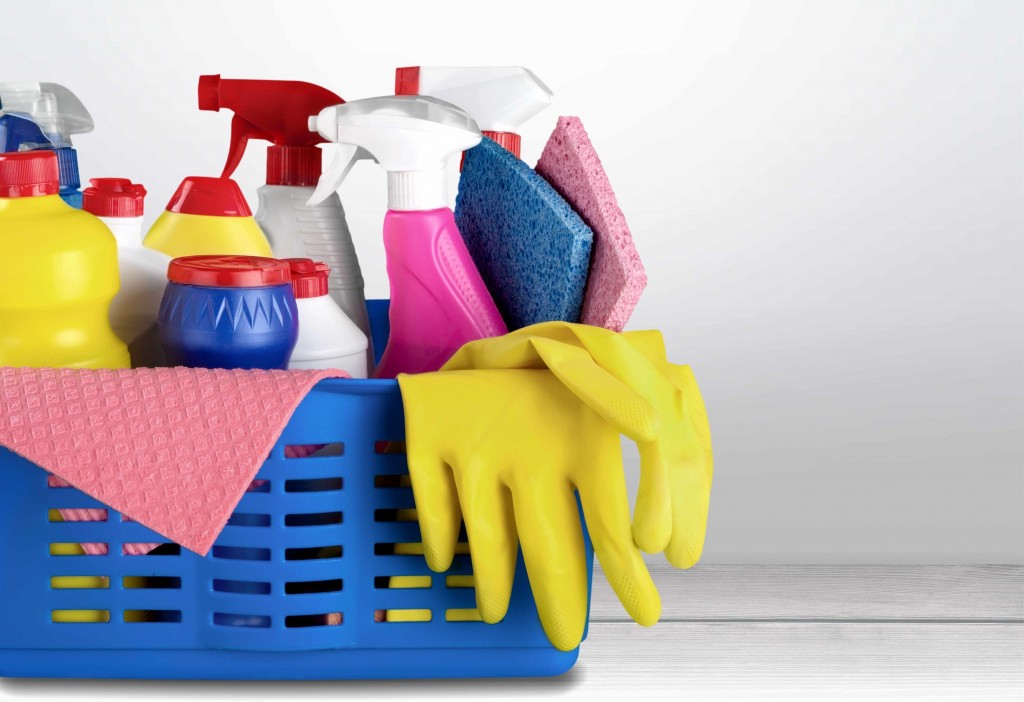-
Featured News
Mayo Clinic Q and A: Cleaning products and lung health
 DEAR MAYO CLINIC: Is it true that frequently working with cleaning products can hurt your lungs? Are there certain kinds of products that should be avoided?
DEAR MAYO CLINIC: Is it true that frequently working with cleaning products can hurt your lungs? Are there certain kinds of products that should be avoided?
ANSWER: A recent international study found that women who use cleaning products regularly, particularly those who work as professional cleaners, may have a more rapid decline in lung function over time than women who do not use those products regularly. Although the study did not examine specific products, it is a good idea to choose cleaners that have low levels of potentially toxic chemicals, or alternative products — such as white vinegar, baking soda or washing soda, whenever possible. You also should keep the area you’re cleaning well-ventilated and never mix cleaning products.
Lung function in everyone slowly declines after age 35. That’s because, with age, the tiny sacs in the lungs (called alveoli), where oxygen and carbon dioxide are exchanged, don’t work as well as they did in youth. In addition, over time, it becomes harder for the spongy part of the lung — the parenchyma — to match areas of ventilation with areas of blood perfusion that carry oxygen to the body’s tissues. That means the amount of airflow through the lungs decreases. Also with age, the chest wall becomes less limber and the abdomen can get in the way of the ability to take deep breaths.
For most people, the gradual change in lung function doesn’t become noticeable until they are in their 50s or 60s. But other factors beyond age can affect lung function, too. For example, smoking long has been recognized as contributing to early decline in lung function. Exposure to respiratory irritants, such as dust and chemical fumes, has been suspected to play a role, as well. The study results examining use of cleaners are further evidence.
As part of the research, more than 6,000 participants were studied over two decades. The researchers found that women who used spray cleaning products at least once a week showed a decline in lung function that was faster than usual. Women who worked as professional cleaners, and who were exposed to the products every day, saw the most rapid rate of lung function decline over the course of the study. Exposure to cleaning products wasn’t linked to a decline in lung function for men, but that may be because there were so few male cleaners in the study.
Although this study provides important information, the results don’t mean that it’s unsafe to clean your home. Keep in mind that the study participants who saw the biggest effect on their lung health were those who were exposed to industrial-strength cleaning products daily.
For the average individual cleaning around the house, a good first step would be to decrease the amount of chemicals used while cleaning. For example, wiping off surfaces with warm water and a microfiber cloth often cleans just as well as spraying the surface with a cleaning product, but no chemicals are used.
As you clean, be careful to keep your cleaning products separate. When mixed, the contents of certain cleaners can trigger dangerous chemical reactions, such as the combination of ammonia and bleach. Mixing them produces toxic fumes that, when inhaled, cause coughing; difficulty breathing; and irritation of the throat, eyes and nose. Avoid product categories that have been reported to cause respiratory irritation, such as certain air fresheners, fabric softeners and caustic drain and oven cleaners.
You also can help ensure safety around household cleaners by storing them in their original containers, so the warning labels, safety instructions and ingredients are easy to find. Remember to always wash your hands after using cleaners, store them out of the reach of children and keep them far from food items.
If you or a member of your household accidently ingest a cleaner or has a reaction to one of these products, seek medical care immediately. Emergency help is available through the American Association of Poison Control Centers help line at 1-800-222-1222 (toll-free). — Dr. Clayton Cowl, Preventive and Occupational and Aerospace Medicine, Mayo Clinic, Rochester, Minnesota







